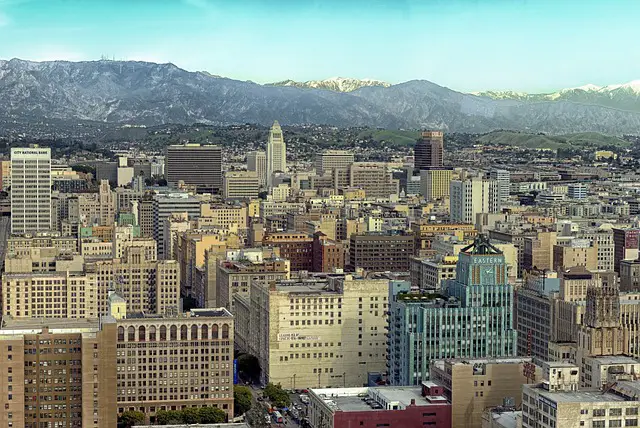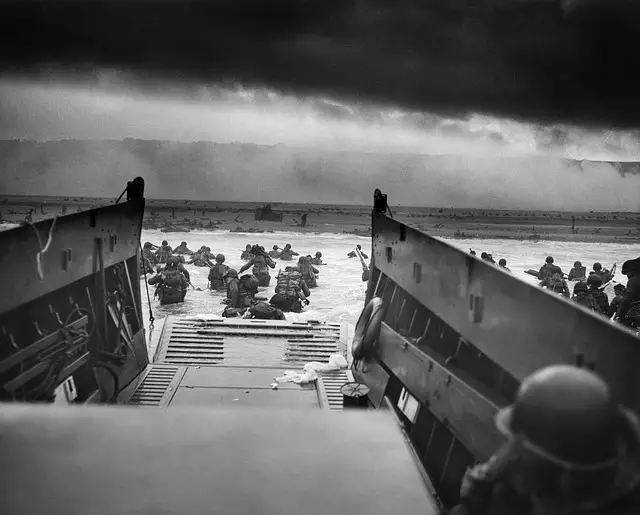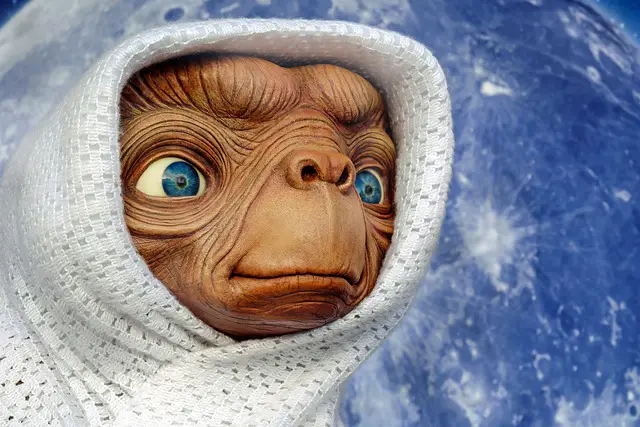The History Of Hollywood: From Small Agricultural Community To Entertainment Capital Of The World!
Hollywood is a neighborhood located in Los Angeles, California, that has become synonymous with the American film industry.

Hollywood has been the center of the American film industry since the early 20th century, and has had a profound impact on American culture and the world at large. This article will explore the history of Hollywood, from its humble beginnings as a small agricultural community to its status as the entertainment capital of the world.

Early History of Hollywood
Hollywood was originally a small agricultural community located outside of Los Angeles. The area was named after Harvey Henderson Wilcox and his wife Daeida Wilcox, who purchased a 120-acre ranch in the area in 1887.
The Wilcoxes envisioned the area as a community where they could live a peaceful life and escape the hustle and bustle of Los Angeles!
In 1903, the first film company in Hollywood was founded by filmmakers Cecil B. DeMille and Jesse L. Lasky. The company, which would later become Paramount Pictures, began producing silent films in a rented barn in the area.
Other film companies soon followed, drawn to the area by the abundant sunshine and the cheap land and labor.

The Golden Age of Hollywood
By the 1920s, Hollywood had become the center of the American film industry. The major film studios, including Paramount, Warner Bros., and MGM, had established themselves in the area and were producing films at a rapid pace.

Hollywood had become synonymous with glamour, glitz, and excess, and its stars were some of the most famous people in the world.
The Golden Age of Hollywood, which lasted from the 1920s through the 1950s, saw the production of some of the most iconic films in American history.
During this time, Hollywood produced classic films such as Gone with the Wind, Casablanca, and The Wizard of Oz, and stars such as Marilyn Monroe, Humphrey Bogart, and James Dean became household names.

Hollywood and World War II
During World War II, Hollywood played an important role in the war effort. The major studios produced films that supported the war effort and boosted morale among American troops and civilians.
Stars such as Bob Hope and Bing Crosby traveled overseas to entertain troops, and the government even established a special office, the Office of War Information, to oversee Hollywood’s production of war-related films.

Hollywood in the 1950s and 1960s
The 1950s and 1960s saw a shift in Hollywood’s focus, as television became increasingly popular and the major studios began to face competition from independent filmmakers.
Hollywood responded by producing epic films such as Ben-Hur and Cleopatra, as well as musicals such as West Side Story and The Sound of Music.

Hollywood in the 1970s and Beyond
The 1970s saw the rise of the blockbuster film, with films such as Jaws and Star Wars breaking box office records and becoming cultural phenomena. Hollywood continued to produce popular films throughout the 1980s and 1990s, with films such as E.T., Jurassic Park, and Titanic becoming some of the highest-grossing films of all time.

Today, Hollywood remains the center of the American film industry, and is home to some of the most successful film studios in the world.
While the film industry has faced challenges in recent years, including the rise of streaming services such as Netflix and Amazon Prime, Hollywood continues to produce popular films that capture the imaginations of audiences around the world.
- History of TV, Film & Entertainment
- From Cathode Ray Tubes to Streaming: A History of American Television!
- From I Love Lucy To The Office, The History Of American Comedy TV Shows Has Never Been Funnier.
- Hollywood Legends: The Most Famous Actors and Actresses in American History
- The History Of Hollywood: From Small Agricultural Community To Entertainment Capital Of The World!